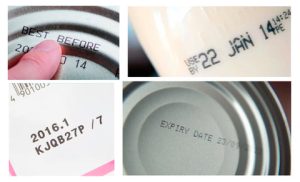
When it comes to beer, you may have noticed the presence of “Best Before” dates on the packaging. But what exactly do these dates signify, and how should they influence your beer-drinking experience? In this blog post, we’ll delve into the difference between “Best Before” and expiry dates for beer, helping you understand how these dates impact the quality and enjoyment of your favorite brews. Let’s raise our glasses and embark on a journey to uncover the truth about beer dating!
The Meaning of “Best Before” Dates
When a beer bottle or can is marked with a “Best Before” date, it indicates the recommended time frame during which the beer is at its optimal quality and flavor. It signifies the period when the brewer believes the beer is at its freshest, ensuring a delightful drinking experience. Consuming the beer before this date allows you to savor its intended taste profile.
If you come across a date marked with only the year and month
it can be the most perplexing among different date markings. In such cases, the consumption guidelines are as follows: for a use by/expiry date, the product must be consumed by the last day of that month, while for a best before date, it is recommended to enjoy the product by the last day of that month. For example, ‘Expiry: 2023 July’ or ‘2022.7’ signifies that you should consume it by July 31, 2023.
Quality vs. Safety
It’s important to differentiate between “Best Before” dates and expiry dates in terms of their significance. While an expiry date denotes the point after which a product is no longer safe for consumption, a “Best Before” date solely reflects the potential decline in quality. For beer, this means that while the beer may still be safe to consume after the “Best Before” date, it may experience slight changes in flavor and overall quality.
Understanding Quality Changes
As the “Best Before” date approaches, certain changes may occur in the beer’s taste, aroma, or carbonation levels. These changes can result from factors such as oxygen exposure, temperature fluctuations, or the natural aging process. While the beer might not be at its absolute peak freshness, it can still offer an enjoyable drinking experience even after the “Best Before” date has passed.
Factors Affecting Beer Quality
To better understand how a beer’s quality may be affected, consider the following factors:
Storage conditions
Exposure to light, heat, and varying temperatures can accelerate the aging process and impact flavor stability.
Beer style
Different beer styles have varying shelf lives, with some styles maintaining their quality for longer periods than others.
Packaging integrity
Well-sealed bottles or cans protect the beer from oxygen and light, helping preserve its quality.
Conclusion
When it comes to beer, the “Best Before” date serves as a guideline for optimal quality and flavor. While the beer may experience minor changes in taste and quality after this date, it doesn’t necessarily render it undrinkable. Trust your senses when evaluating the freshness of a beer, and use the “Best Before” date as a reference point for enjoying it at its best. Remember, beer enjoyment is subjective, and exploring different flavors and styles can be part of the adventure. So grab a cold one, appreciate the craftsmanship, and savor the delightful world of beer, even beyond the “Best Before” date!
If you’re looking to enjoy long expiry and fresh beers without leaving the comfort of your home, Jarbarlar Alcohol Delivery is your ultimate solution. With their extensive beer selection, strict quality control, convenient delivery service, expert recommendations, and special offers, Jarbarlar ensures that you can savor the best brews with ease. Say goodbye to expired or stale beers and embrace a new level of beer enjoyment. Visit Jarbarlar today and elevate your beer-drinking experience to new heights!





